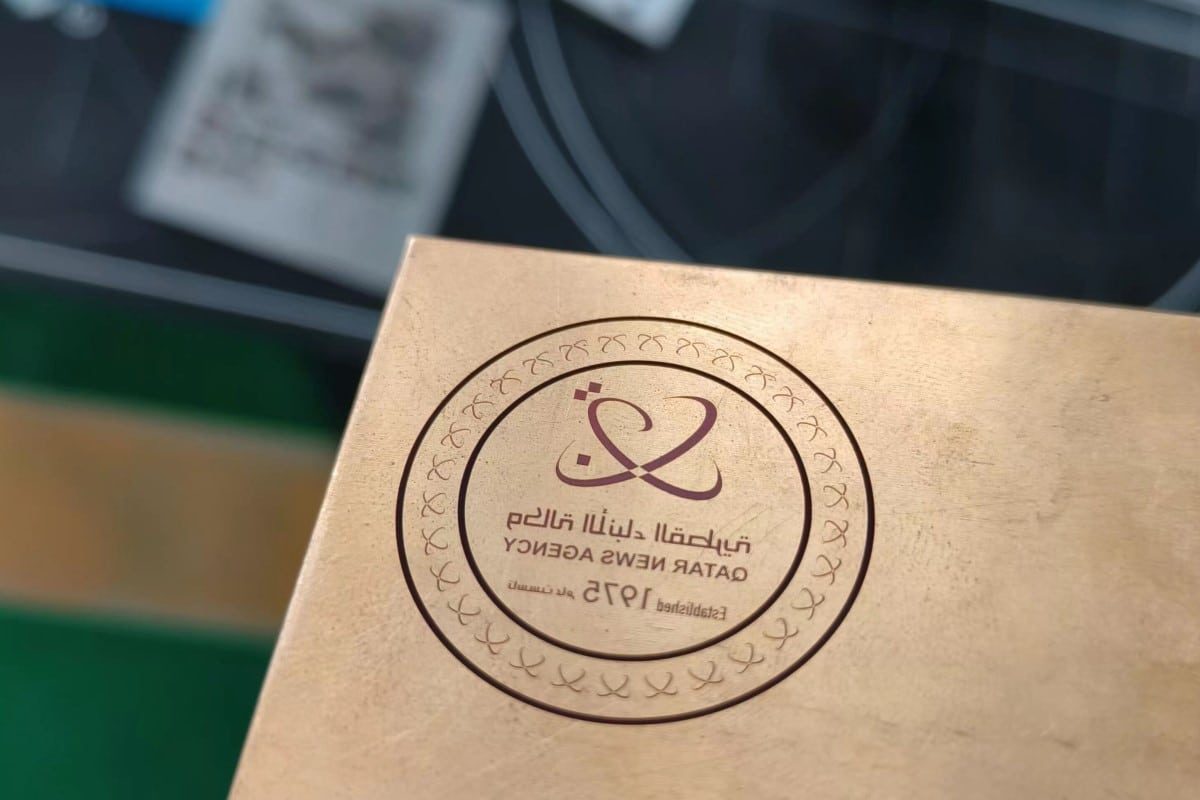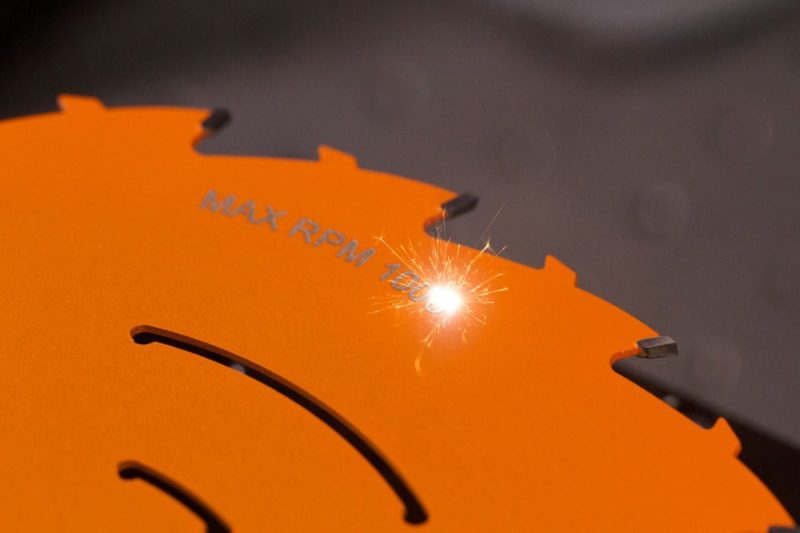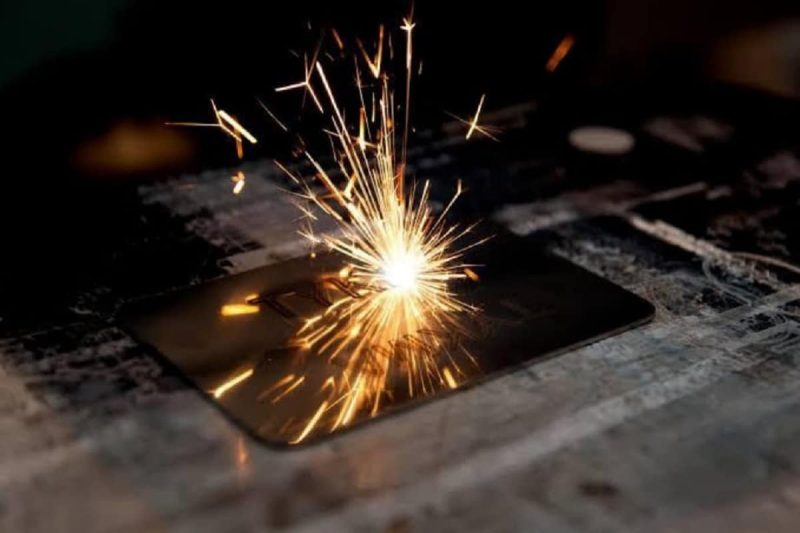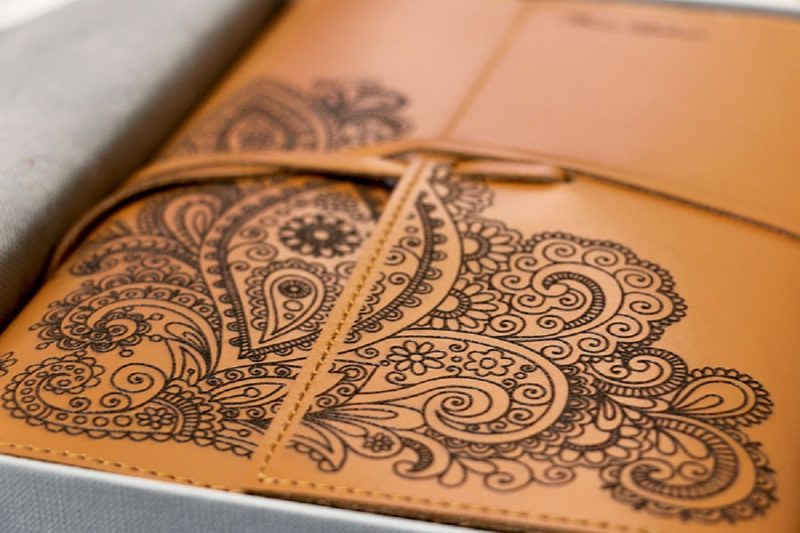

What is a laser marking machine

Advantages of laser marking
High precision
High-Speed Machining
Good Durability
Multi-material adaptability
Non-contact processing
Flexibility
No pollution

Typical Applications of Laser Marking
Industrial manufacturing field
In the field of industrial manufacturing, laser marking technology is widely used in the marking and lettering of metal, plastic, ceramic, and glass products, showing its advantages of high precision and high efficiency. The following are some of the main applications of laser marking in industrial manufacturing:
- Metal product marking: Laser marking is widely used in metal products, and can be used for high-precision marking on the surface of metal parts, tools, equipment, etc. These marks can be used to identify the manufacturer, batch information, technical parameters, etc., are not affected by the metal surface treatment, and have good durability.
- Plastic product marking: Laser marking is also suitable for plastic products, such as plastic parts, electronic housings, etc. Compared with traditional printing methods, laser marking will not damage the plastic surface, the marking is clear and durable, and marking can be achieved on plastics of different colors.
- Marking ceramic and glass products: Ceramic and glass products also often require high-precision marking. Using laser marking technology, it can be scored and marked on its surface for decoration, brand display, etc.
Automobile Manufacturing
Automobile manufacturing is an industry that requires extremely high precision and quality, and laser marking technology is an ideal choice to meet these requirements. The following are some of the main applications of laser marking in the automotive industry:
- Auto Parts Marking: Automobile manufacturing involves a large number of components that need to be identified during the manufacturing process for traceability, assembly, and quality control. Laser marking can be used to mark engine parts, gearbox parts, chassis parts, etc., including product models, batch numbers, manufacturing dates, and other information.
- Body Parts Marking: In the process of automobile body manufacturing, laser marking can be used to mark the installation sequence, positioning points, welding lines, and other information of body components to ensure the accuracy and consistency of vehicle assembly.
- Auto glass marking: Laser marking can be used to mark automotive glass and windows, such as safety signs, batch numbers, production dates, etc. These marks are essential for vehicle traceability and quality control.
- Automotive interior marking: Laser marking can be used to identify automotive interior components, such as dashboards, steering wheels, seats, central control panels, etc., to achieve personalized customization and brand identification.
Medical Devices
Laser marking technology has extensive and important applications in the medical device industry. Below are some of the main applications of laser marking in the medical device industry:
- Device and Packaging Marking: Marking on medical devices is an important functional application. For example, marking scales on surgical instruments is convenient for doctors to measure and operate; laser marking can be used to mark medical device packaging, such as product identification, barcodes, QR codes, etc., to facilitate tracking and management of the circulation and use of medical devices.
- surface treatment: Laser marking can achieve micro-processing on the surface of medical devices, such as removing surface pollution, oxide layers, coatings, etc., thereby improving the surface quality and performance of the device.
Electronics Manufacturing
The application of laser marking technology in the electronic product manufacturing industry can improve the accuracy, durability, and aesthetics of product marking. The following are some of the main applications of laser marking in the electronic product manufacturing industry:
- Electronic Parts Marking: In the manufacturing process of electronic products, laser marking can be used to mark electronic components such as circuit boards, chips, connectors, power adapters, etc., such as model, batch number, production date, serial number, and other information. These markings aid in component identification, traceability, and quality control.
- PCB board marking: During the manufacturing process of printed circuit boards (PCBs), laser marking technology can be used to mark the surface of the board to identify the model, version, manufacturer information, etc. of the PCB board to facilitate subsequent assembly and maintenance.
- Electronic product surface engraving: Laser marking technology can carry out fine engraving on the surface of electronic products, such as depicting patterns and LOGOs on plastic or metal surfaces, to improve the aesthetics and brand recognition of products.
Art Industry
The application of laser marking technology in the art industry is an innovative and interesting field that plays a unique role in the production of artwork. Below are some of the main applications of laser marking in the art industry:
- carved artwork: Laser marking technology can engrave on wood, stone, metal, and other materials to create delicate and exquisite patterns, text, or images.
- painting complex patterns: In the production of artwork, it is sometimes necessary to produce special patterns or decorative effects. Laser marking technology can create unique line and shadow effects by controlling the intensity and movement path of the laser, and realize complex patterns on different materials.
Summarize
- [email protected]
- [email protected]
- +86-19963414011
- No. 3 Zone A, Lunzhen Industrial Zone,Yucheng City , Shandong Province.
